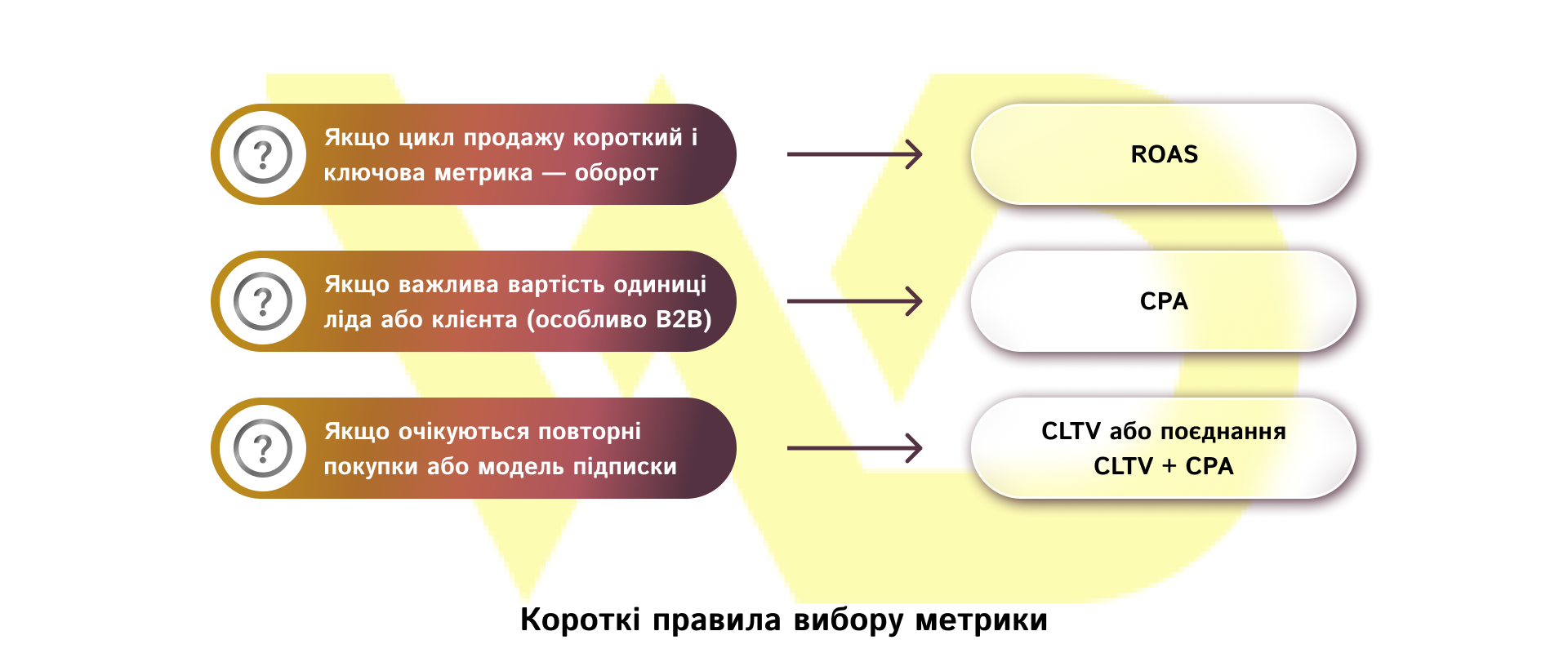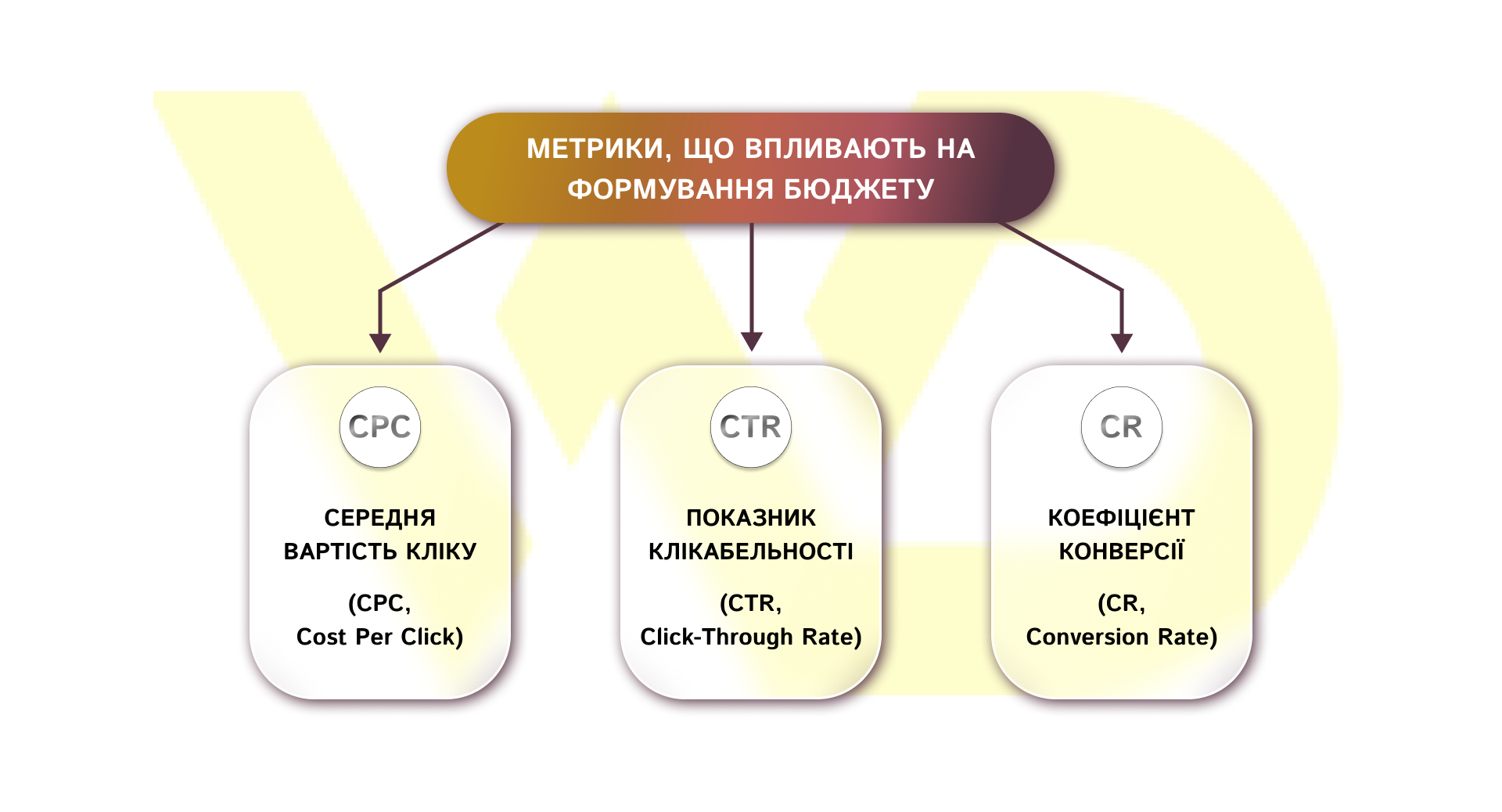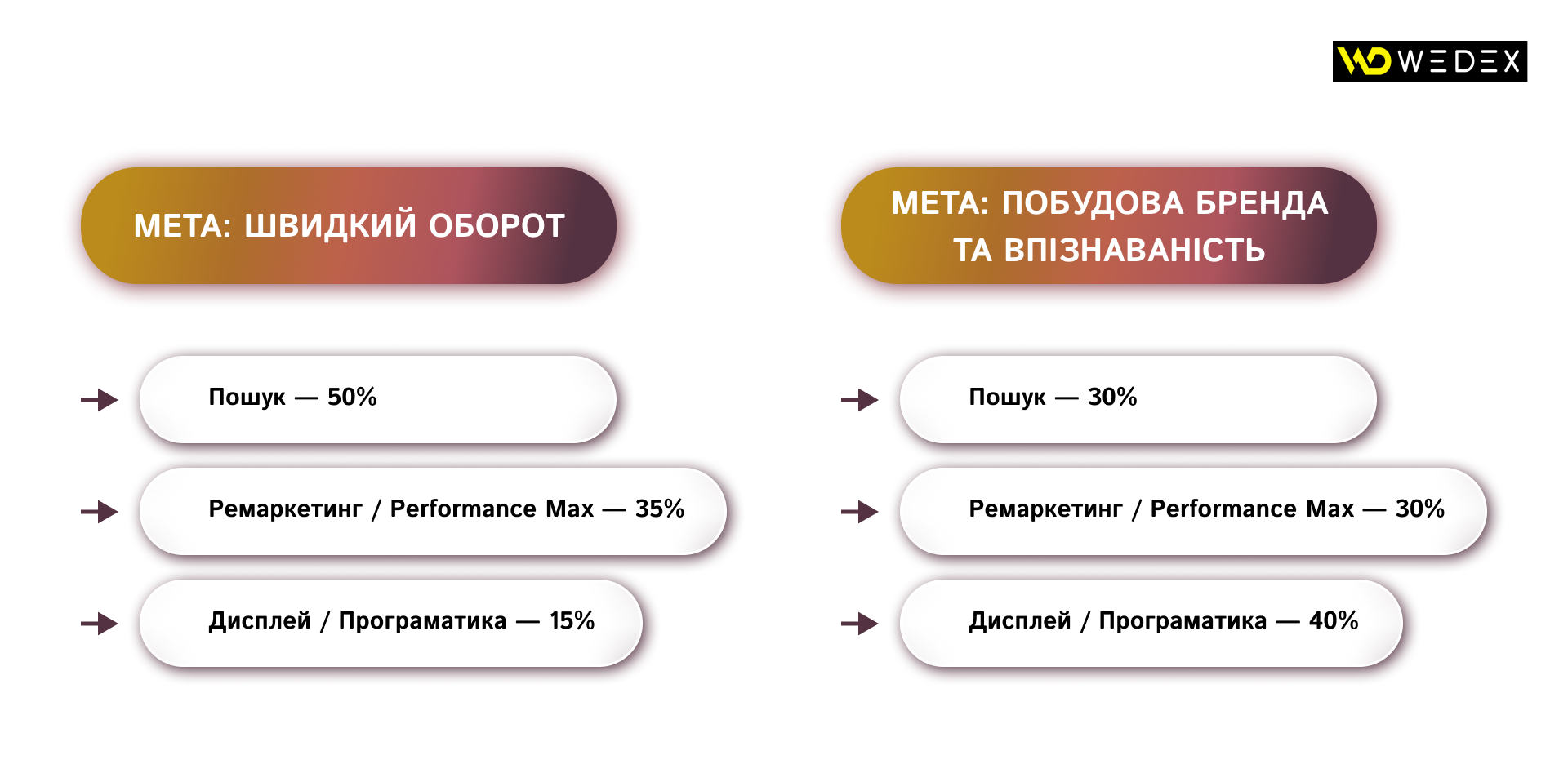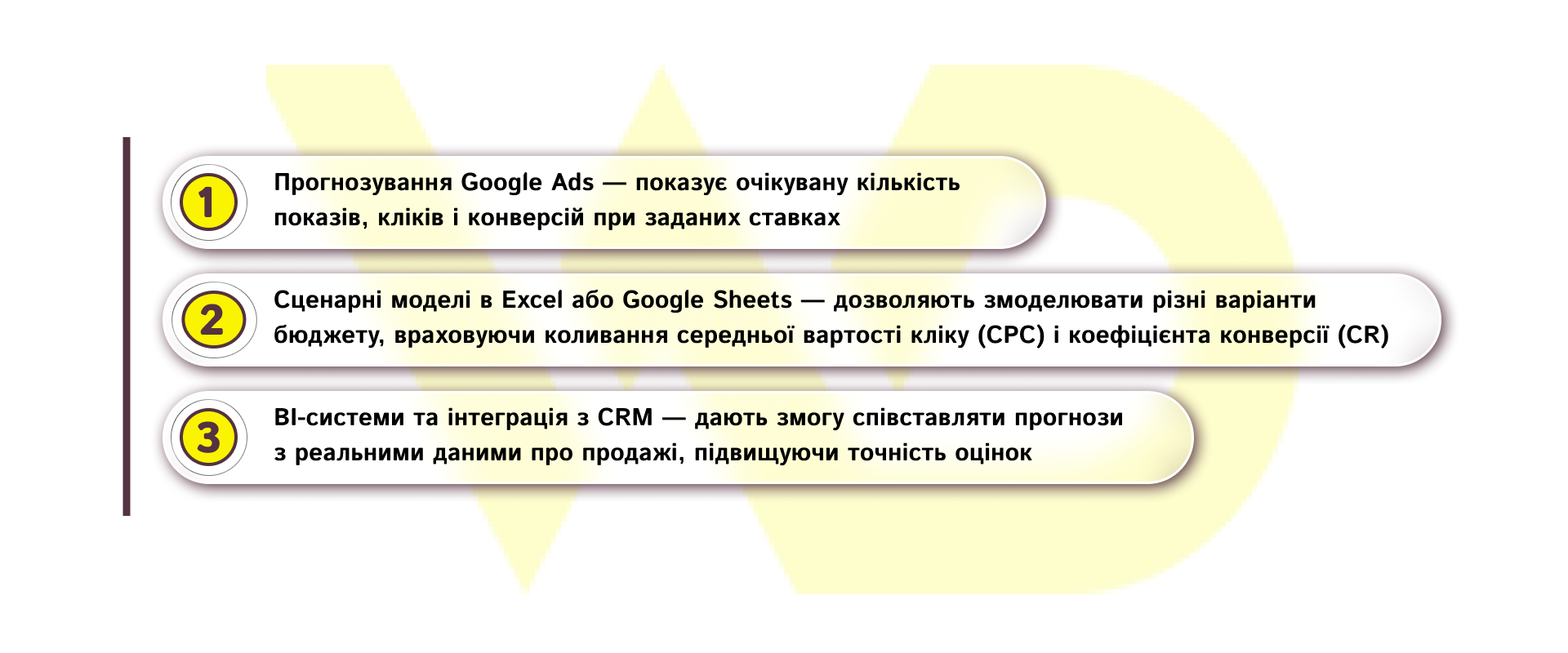Content of the article
- /01 What determines the price of contextual advertising
- /02 The strategic role of contextual advertising budget for business growth
- /03 Approaches to budget estimation: CPA, ROAS, CLTV
- /04 Key metrics that influence budgeting
- /05 Budget planning scenarios: how to choose the best strategy
- /06 Strategic principles of budget allocation between channels
- /07 Seasonality, risks, and uncertainties in budget planning
- /08 Tools for analyzing and verifying budget forecasts


Planning a budget for contextual advertising is not just numbers in a spreadsheet. It is a strategic decision that determines how effectively your business attracts customers and scales sales. The wrong financial decision can lead to cost overruns or loss of growth opportunities, while the right one allows you to invest in scaling without risking your margins.
In this article, we will analyze how to evaluate cost effectiveness, what metrics to consider, how to plan budget scenarios, and how to allocate funds between channels.
What determines the price of contextual advertising
The cost of contextual advertising is formed by the size of the budget and a number of external and internal factors. They affect the effectiveness of the campaign and the final cost of customer acquisition.
- The level of competition in the niche.
The more companies advertise similar products or services, the higher the CPC will be. Popular niches (e.g., travel services, real estate, medicine) are characterized by higher rates.
- Quality of ads.
Google and Bing systems evaluate the relevance and usefulness of ads. A high level of quality allows you to pay less per impression and get better positions in search results.
- Geographic targeting.
Advertising in different regions can vary in cost. In big cities, competition is traditionally higher, so the cost per click increases.
- Selected bidding strategy.
Automated strategies can optimize costs, but in highly competitive segments, manual bidding management is sometimes more effective.
- Seasonality of demand.
During certain periods of the year, prices rise due to increased demand (for example, travel services in summer or New Year’s gifts in winter).
Understanding these factors allows you to plan your budget more accurately and predict campaign results. If you take them into account at the preparation stage, advertising will work more efficiently and bring in more valuable customers.
The strategic role of contextual advertising budget for business growth
Contextual advertising directly affects the flow of solvent requests and sales, but the budget is not just a technical expense item in the financial plan. It reflects the business strategy. Investing in advertising can accelerate scale with the right funnel, operational readiness, and margins, or it can attract low-quality traffic and reduce profitability. Therefore, budget planning should combine several interrelated dimensions:
- strategic priorities (scaling vs. cost control)
- financial constraints (margin, operating expenses);
- operational capacity (website, sales department, logistics);
- performance measurement criteria (attribution, conversions, CLTV).
Smart advertising budget management is the foundation of stable growth.
WEDEX specialists will help you allocate your Google Ads budget so that you invest only in campaigns that actually bring in customers and grow your business.
In addition, the following factors should be taken into account to make an informed decision:
- Attribution and measurement quality. The attribution model used has a significant impact on the interpretation of CPA or ROAS, and an incorrect model leads to incorrect management decisions.
- Scenario planning and buffers. Consideration of three scenarios with a reserve for testing of approximately 10-25% allows you to assess the risks and readiness of the business for variations in indicators.
- Budget for testing. A separate reserve for A/B tests of creatives, audiences, and landing pages speeds up hypothesis validation and reduces the risk of global errors when scaling.
- Interaction with finance and sales. Campaign forecasts should be coordinated with the finance and sales departments to assess the actual lead processing and adjust the allowable CPA.
- CLTV and product segmentation. The allowable CPA is determined not only by the current check margin but also by the expected CLTV. The budget should be segmented by product groups and channels.
- Operational elasticity. Before scaling up, it is necessary to assess whether the logistics, support, and sales departments can withstand the additional workload. Insufficient elasticity devalues investments in advertising.
- Regulatory and privacy factors. Changes in privacy policies (cookieless, tracking restrictions on platforms) can worsen the accuracy of measurements and require additional adjustments to forecasts.
- Responsibility and rhythm of audits. There should be a person responsible for the KPI (marketing/product/finance) and a fixed schedule of reviews (weekly for tactical decisions and monthly for strategic adjustments).
The decision on the budget amount will be rational only if it is based on the connection between business metrics and marketing indicators, a scenario approach with a buffer for uncertainty, and clear validation rules.
Approaches to budget estimation: CPA, ROAS, CLTV
Before determining a specific budget for contextual advertising, it is important for businesses to understand the logic by which they will evaluate the effectiveness of their spending. There are three main approaches in marketing practice: CPA, ROAS, and CLTV. Each of them translates advertising investments into business performance in its own way.
CPA (Cost Per Acquisition / Cost Per Action)
CPA is an indicator of the cost of attracting one lead or customer. It is used in projects with a long sales cycle or where a controlled price per unit of result is important (B2B, services, complex leads). CPA is useful for managing traffic quality and making decisions about the feasibility of buying a lead.
The formula:

For example, if advertising costs = 50 000 UAH, number of new customers = 100, then
CPA = 50 000 ÷ 100 = 500 UAH per customer.
|
Pros |
Cons |
|
|
ROAS (Return On Ad Spend)
ROAS is the ratio of revenue generated by advertising to the cost of advertising. It is appropriate for e-commerce and direct sales with a short purchase cycle, when the key is the turnover per hryvnia invested. ROAS allows you to evaluate the effectiveness of spending in monetary terms, but is sensitive to returns, discounts, and attribution models.
Here is the formula:

ROAS is often expressed as a coefficient, for example, 4, or as a percentage, for example, 400%.
For example, if revenue from advertising campaigns = 200,000 UAH, expenses = 50,000 UAH, then
ROAS = 200 000 ÷ 50 000 = 4 (i.e. 400%).
|
Pros |
Cons |
|
|
CLTV (Customer Lifetime Value)
CLTV is the expected long-term value of a customer (the sum of all future profits from a customer). It is critical for subscription services, repeat sales, or businesses with a high frequency of purchases. CLTV provides a reason to invest more in initial acquisition (higher allowable CPA) if the long-term margin covers it.
The full formula:

For example, if the average revenue from a customer per month = 1,000 UAH, gross margin = 40% (0.4), retention rate = 70% (0.7), duration of interaction = 12 months, discount rate = 10% (0.1), then
CLTV = (1,000 × 0.4) × 0.7 × 12 ÷ (1 + 0.1) = UAH 3,055.
There is also a simplified version of this formula that is used in the practice of businesses without complex analytics. It allows you to quickly estimate the long-term value of a customer without taking into account the margin and discount rate.
Simplified formula:

So, if the average check = 2,000 UAH, the number of purchases per customer per year = 2, the number of years of customer activity = 3, then
CLTV = 2 000 × 2 × 3 = 12 000 UAH.
|
Pros |
Cons |
|
|
Briefly about the rules for choosing a metric

The choice of the dominant metric shapes management priorities, i.e. cost control, scale, or long-term profitability. In practice, it is advisable to define one key metric for a particular product or channel and additionally monitor other metrics as a context for making balanced decisions.
Key metrics that influence budgeting
When planning contextual advertising, it is important to understand which metrics directly determine cost efficiency and the conversion of the budget into a business result. Three metrics are the most important.

- The average cost per click (CPC, Cost Per Click) is how much a company pays for one click on an ad. CPC depends on the competition in the niche, the quality of the ad, and the chosen bidding strategy. For example, in 2024-2025, the average cost per click on Google Ads according to various sources was several US dollars, with figures varying significantly by industry and region.
- Click-through rate (CTR) is the share of users who saw an ad and clicked on it. A high CTR allows you to get the right number of clicks from fewer impressions, which affects the overall cost effectiveness.
- Conversion rate (CR) is the share of clicks that resulted in a targeted action: a purchase, application, or subscription. CR shows how much of the traffic attracted by advertising turns into a real business result.
The analytical logic is simple: the combination of CPC and CR determines the expected cost per conversion (CPA).
For a better understanding, let’s imagine that the average cost per click = 10 UAH and the conversion rate = 5% (i.e. 5 out of 100 clicks lead to a purchase). This is the expected cost of attracting one customer:
CPA = 10 ÷ 0.05 = 200 UAH.
If in another scenario CPC = 15 UAH and conversion rate = 10%, then
CPA = 15 ÷ 0.10 = 150 UAH.
This example shows that even with a higher CPC, you can achieve a lower CPA if the conversion rate increases. Such visibility helps businesses forecast costs and model different budget scenarios, focusing on the optimal return on advertising campaigns.
Budget planning scenarios: how to choose the best strategy
Planning an advertising budget always involves risks and uncertainty. To make informed decisions, businesses use different cost scenarios that determine financial behavior and the level of acceptable risk. The main approaches can be divided into three types: conservative, basic, and aggressive.
Conservative scenario
The goal is to minimize risks and ensure a positive margin in the short term. It usually involves limited testing, stricter target CPAs, and gradual scaling. Suitable for companies with low margins or limited operational capabilities, where it is important to avoid cost overruns and maintain business stability.
Basic (realistic) scenario
Based on industry averages or historical company data. Includes a moderate reserve for testing and optimization (10-15%). Recommended when there is data on previous campaigns, but you need to leave room for adjustments and adaptation of the budget to real market conditions.
Aggressive scenario
Involves significant investments in rapid scaling: a larger share of the budget is spent on the initial stage of customer acquisition and retargeting, and high turnover growth is expected. Along with the potential benefits, the risk of cost overruns at the testing stage increases. Suitable for businesses with high margins or with sufficient internal readiness – powerful sales, logistics, and service departments.
When choosing a scenario, it is important to evaluate not only financial resources but also the internal capacity of the business to handle traffic. That is, the efficiency of sales processes, stock availability, and the level of customer service. Different scenarios generate different requests for operating and capital expenditures, and thus affect financial planning and risk management.
Strategic principles of budget allocation between channels
Effective advertising budget planning involves not just allocating funds, but taking into account the role of each channel in the sales funnel. Each channel performs its own function and has a different impact on business results.
- Search campaigns.
This channel remains the main source of conversions for users with a clear intention to purchase a product or service. Therefore, search campaigns usually receive a larger share of the budget, especially if direct sales are a priority. It’s important to optimize bids and keywords to ensure that your CPC is maximizing your return on investment.
- Display and programmatic campaigns.
These channels are effective for expanding reach and increasing brand awareness. They work mainly at the top of the funnel, helping to attract new potential customers and support other campaigns, for example, through remarketing. The share of the budget for these channels depends on the strategic goal: for brand building, it grows, while for quick sales, it remains moderate.
- Remarketing / RLSA / Performance Max.
These tools allow you to return interested users and increase conversion through repeated contact. Due to their higher efficiency and higher likelihood of completing a purchase, such campaigns often receive a significant share of the budget.
Example of budget allocation

Budget allocation should be tailored to specific business goals. Combining short-term results and long-term investments in the brand allows you to optimize costs and increase the return on each channel.
Seasonality, risks, and uncertainties in budget planning
Contextual advertising is always subject to dynamic market conditions. Seasonal fluctuations in demand, changes in competition, adjustments to the strategies of other advertisers, and external economic events create variability in key metrics such as average cost per click and conversion.
For businesses, this means a systematic approach is needed:
- assess the sensitivity of margins to CPA fluctuations to understand how changes in CPC or conversion rates can affect profitability;
- have a financial buffer for peak periods to support the campaign during increased competition or seasonal rate increases;
- conduct scenario simulations with different CPC and CR values to predict under what conditions the business may lose profitability and prepare countermeasures.
The analytical model should take into account not only average indicators but also their distribution. For example, analyzing CPC percentiles in a competitive niche helps to create a forecast that is resistant to extreme variations and allows you to make more informed decisions about the budget.
Tools for analyzing and verifying budget forecasts
For effective budget planning, it is important to determine the starting amounts and check them with analytical tools. This allows you to reduce the risk of cost overruns, increase profitability, and quickly adjust your strategy in case of market changes.
Among the key tools:

Forecasts should be used as guidelines, not absolute truth. They are useful for scenario testing: you can estimate how CPA will change if CPC increases by 20% or CR decreases by 10%. For example, if Google Ads forecast shows that at a rate of 15 UAH, the expected number of conversions per month is 200, and the actual data from CRM shows 180 conversions, then the budget should be adjusted according to the actual performance.
Thus, the combination of forecasts and real data allows businesses to make informed budget decisions, plan for risks, and ensure a stable return on contextual advertising.
To summarize, budgeting for contextual advertising requires an understanding of key metrics, seasonality, cost scenarios, and the role of channels in the sales funnel. And the combination of analytical forecasts and real data ensures the long-term effectiveness of advertising campaigns, creating a solid foundation for scaling and sustainable growth.







 16/10/2025
16/10/2025  1424
1424


